The Cao Bang Loop in northern Vietnam is one of the country’s most scenic and rewarding motorbike and road trip routes. With majestic limestone mountains, thundering waterfalls, lush forests, and authentic ethnic minority villages, this loop offers a true adventure for travelers seeking an off-the-beaten-path experience. But as with any journey through Vietnam’s northern highlands, timing is crucial.
If you’re asking: When is the best time to ride the Cao Bang Loop?, this guide will break down the seasons, weather patterns, pros and cons of each period, and tips to help you plan your trip perfectly.
Recommended Tours for You:
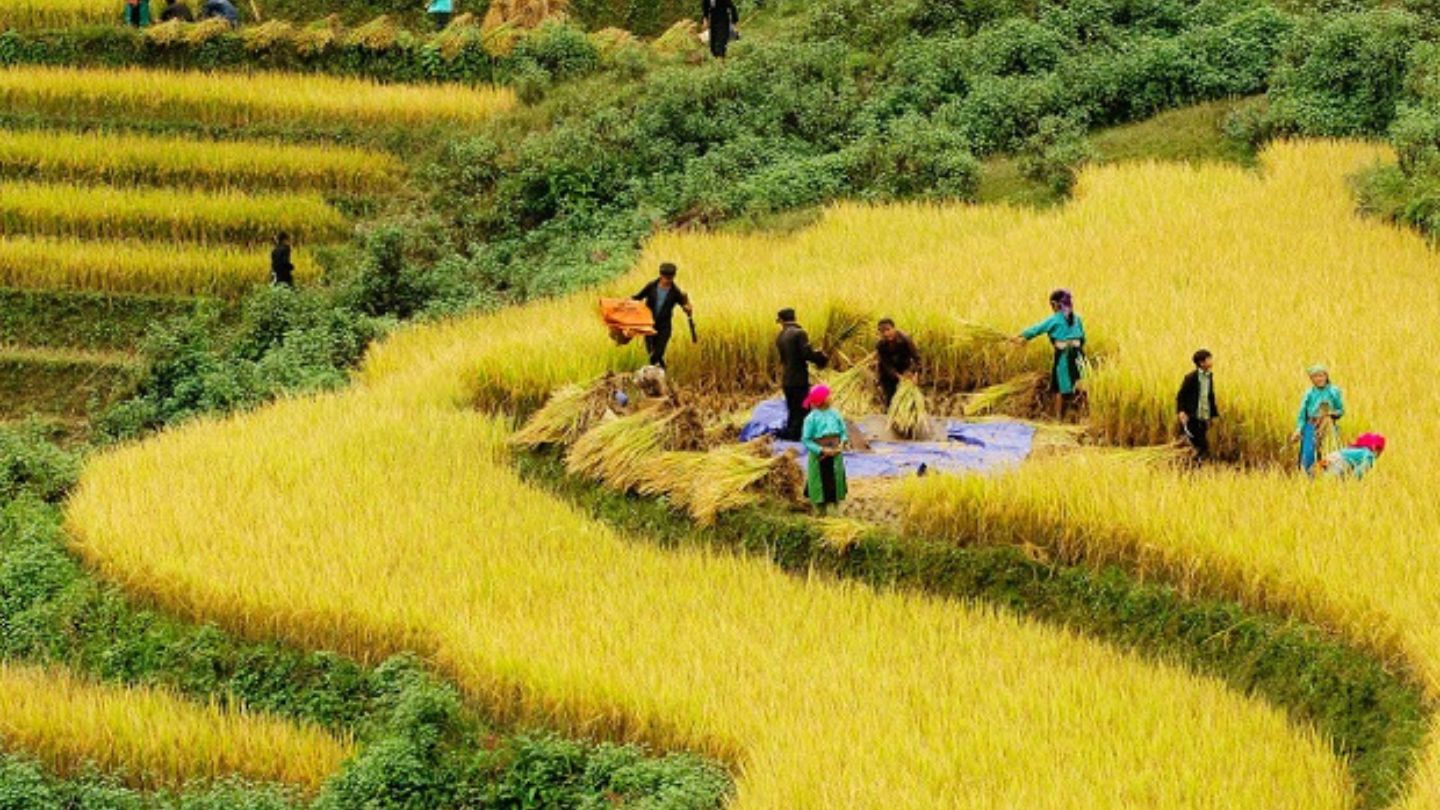
Why Timing Matters for the Cao Bang Loop
The Cao Bang Loop covers about 300–400 kilometers of winding mountain roads, remote villages, and high-altitude passes. Weather conditions in this region can change rapidly, and the season you choose can greatly affect your riding experience, safety, and the scenery you’ll encounter.
Choosing the right time means you’ll enjoy clearer skies, safer roads, and vibrant landscapes — making your adventure unforgettable for all the right reasons.
The Best Time to Ride the Cao Bang Loop: October to April
Generally, the best time to ride the Cao Bang Loop is from October to April, during the dry season in northern Vietnam. Let’s take a closer look at what to expect in each period.
October is one of the best months to ride the Cao Bang Loop. The rainy season has just ended, leaving behind lush green landscapes. The air is fresh and clear, offering stunning views of the mountains, valleys, and waterfalls like Ban Gioc at their most powerful. The temperatures are cool, ranging from 15°C to 25°C — ideal for long rides.
November continues this perfect riding season. Clear skies, minimal rain, and comfortable temperatures make this the peak period for the loop. The scenery remains vibrant, and the roads are in good condition.
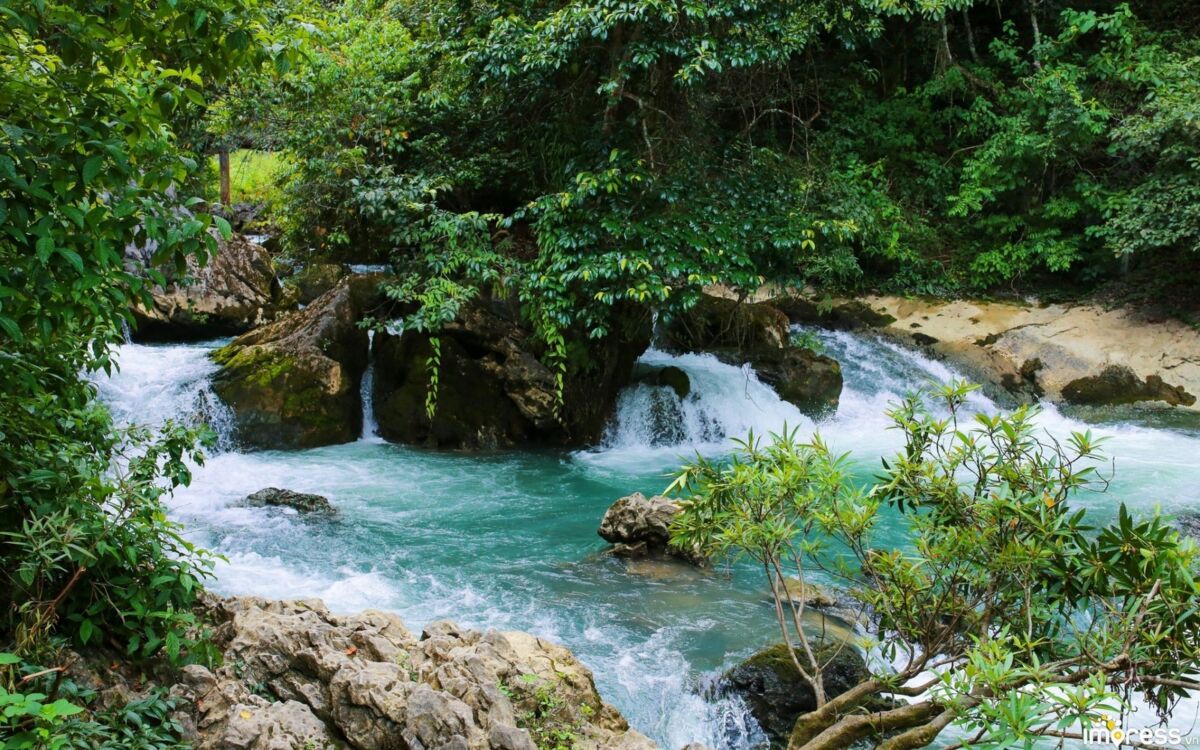
December brings cooler, drier weather. While mornings can be misty and temperatures may dip below 10°C in higher areas, riders will appreciate the clear skies and safe road conditions. The landscape takes on a more subdued charm, with golden grasslands and peaceful valleys.
January is typically the coldest month. Expect cold mornings and nights, especially at altitude. However, the roads remain dry, and the scenery, with its quiet, misty beauty, is perfect for those who enjoy a more tranquil atmosphere.
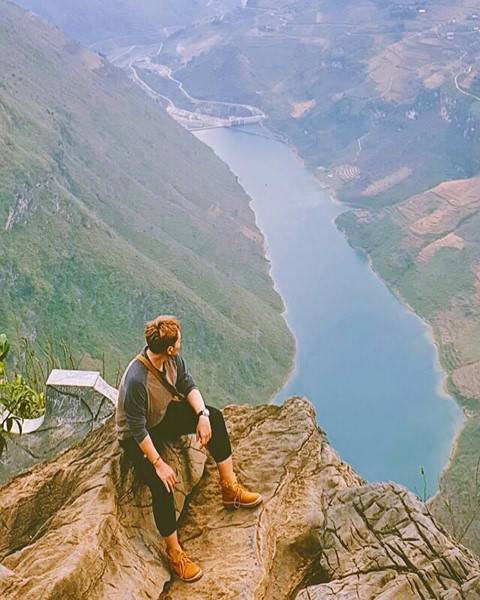
February offers similarly dry and cold conditions, with clearer mountain views and peaceful rides through golden hills.
March marks the start of spring. Temperatures rise slightly (around 18°C to 28°C), and wildflowers begin to bloom, adding color to the hillsides. The weather remains mild and pleasant, making it a great time for the loop.
April continues the good conditions, with warm, dry weather and vibrant, colorful landscapes.
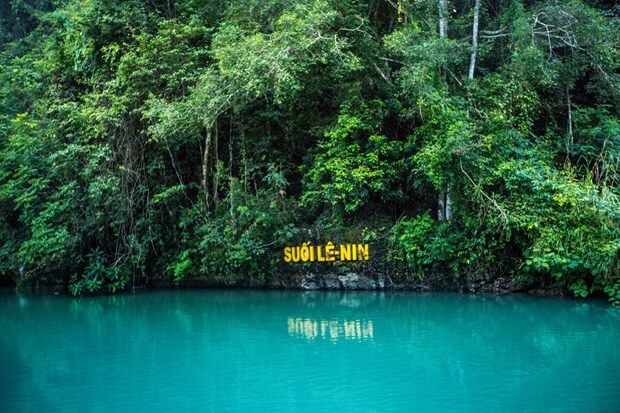
The Rainy Season: May to September
While it’s possible to ride the Cao Bang Loop during these months, be aware of the challenges.
May signals the start of the rainy season. The weather turns hotter, and rain becomes more frequent. The greenery is at its most lush, but slippery roads and sudden showers can make riding tricky.
June to August are the wettest months. Expect high temperatures and heavy rainfall. Roads, especially in mountainous areas, can become dangerous due to mud, landslides, or flooding. Riding during this time is best suited to experienced motorcyclists who are prepared for wet and challenging conditions.

September sees the rains begin to ease, and road conditions gradually improve. The scenery is at its most striking, with golden rice fields ready for harvest. If you’re lucky to catch a dry spell in late September, you’ll be rewarded with breathtaking views.
Tips for Choosing the Best Time
If you want the most comfortable conditions, October and November are the ideal months to ride. During this time, you’ll get the best balance of clear skies, cool temperatures, and vibrant landscapes.
If you plan to travel between December and February, make sure to pack warm layers for the cold mornings and evenings, particularly at higher altitudes.
If you’re considering the rainy season, from May to September, keep a close eye on the weather forecast and road reports. Be cautious of landslides, and only ride if you’re confident in wet conditions.
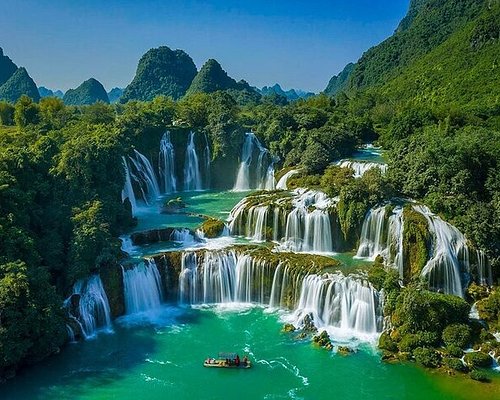
Beginners or less experienced riders should avoid the wet season, as mountain roads can become treacherous.
Other Factors to Consider
Beyond weather, timing your trip also means being aware of other factors. Tet (Lunar New Year) usually falls in late January or February. This can mean busier roads, limited accommodation availability, and closed shops or services in rural areas as locals travel to celebrate.
During the dry season, especially in peak months, accommodation at popular stops like Ban Gioc Waterfall and Cao Bang City can fill up quickly. It’s a good idea to book homestays or hotels in advance.
Finally, note that some minor road damage (such as potholes) may remain after the rainy season, particularly in early October. Stay alert and ride carefully.
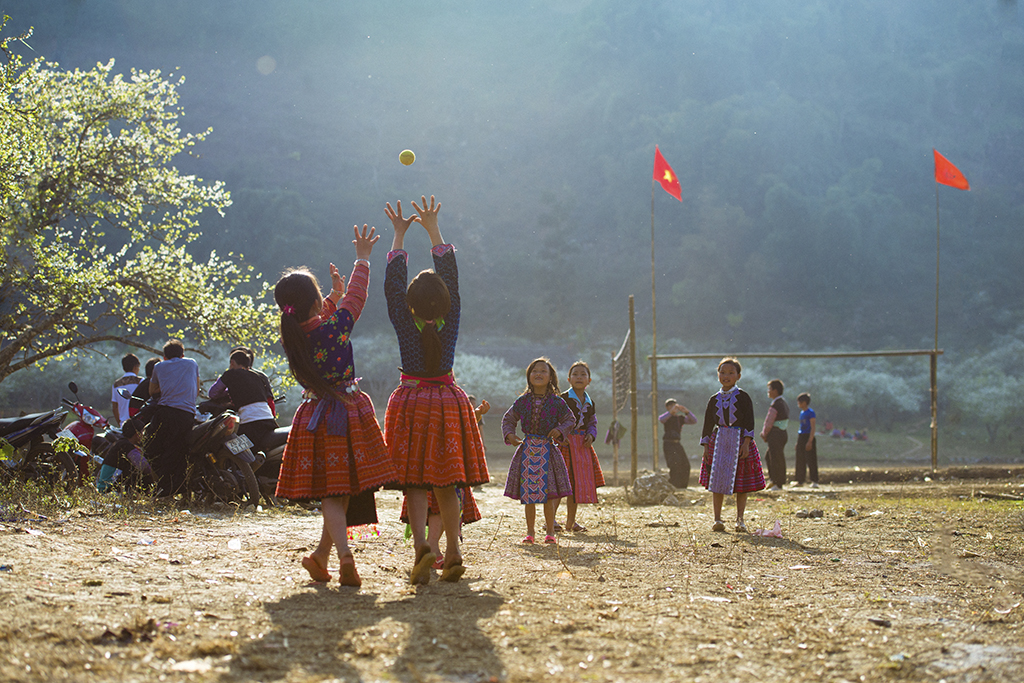
Conclusion
So, when is the best time to ride the Cao Bang Loop? The dry season from October through April offers the most rider-friendly conditions, with October and November standing out as the absolute best months thanks to cool weather, clear skies, and stunning scenery.
By choosing the right time, you’ll enjoy safer roads, more rewarding views, and an overall smoother, more enjoyable journey through one of Vietnam’s most beautiful regions.
Plan carefully, pack appropriately, and get ready for the adventure of a lifetime on the Cao Bang Loop!






